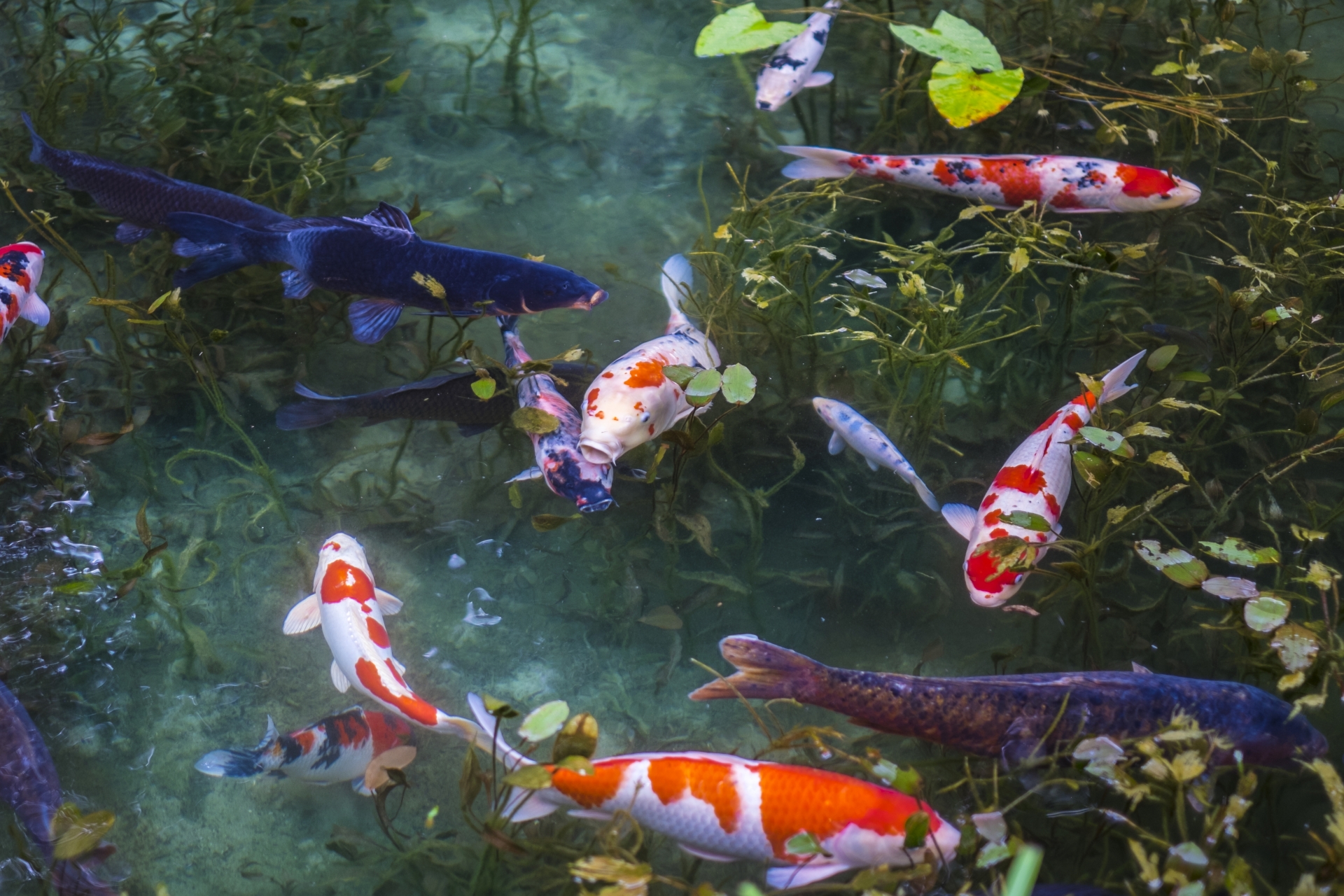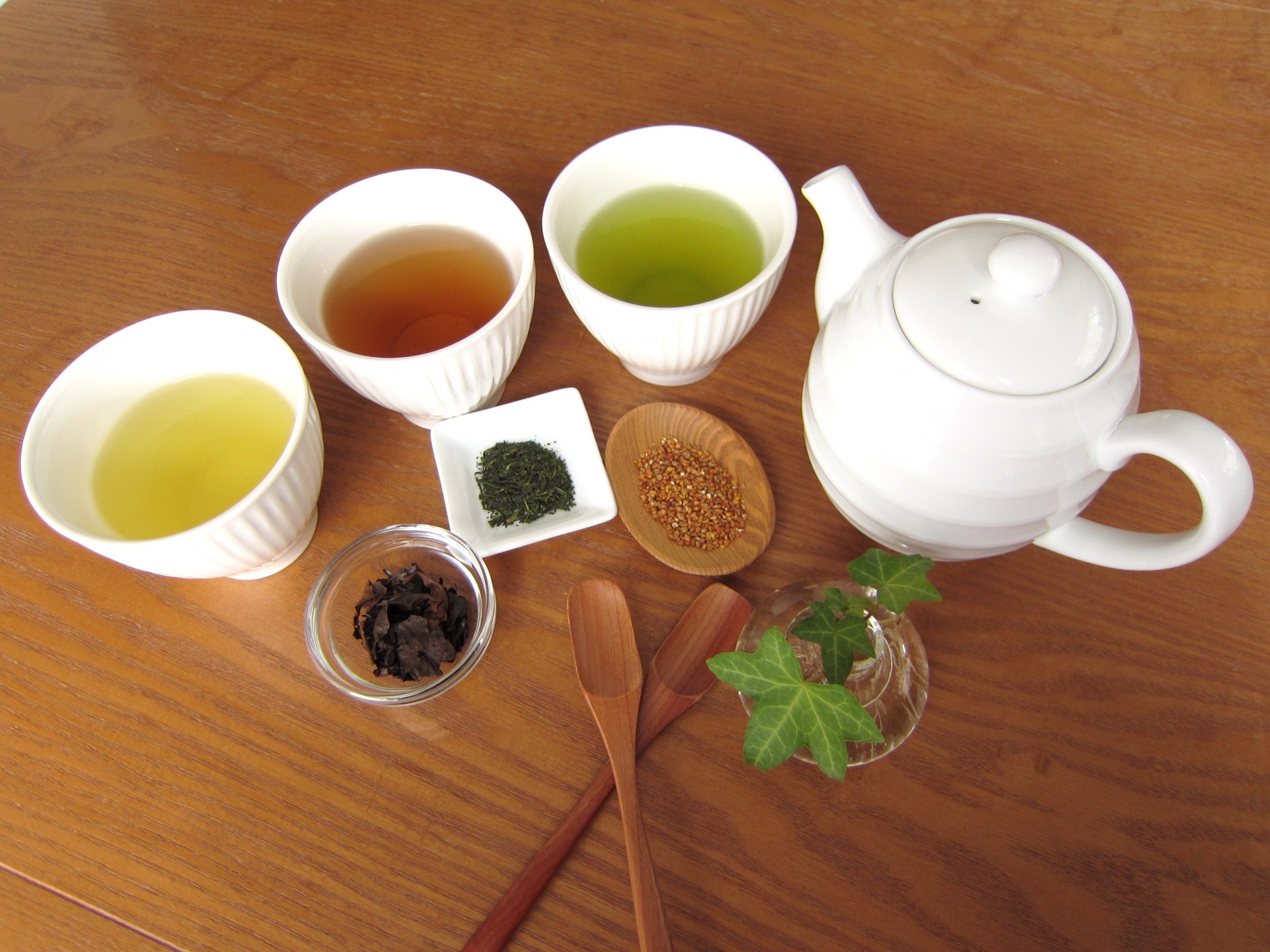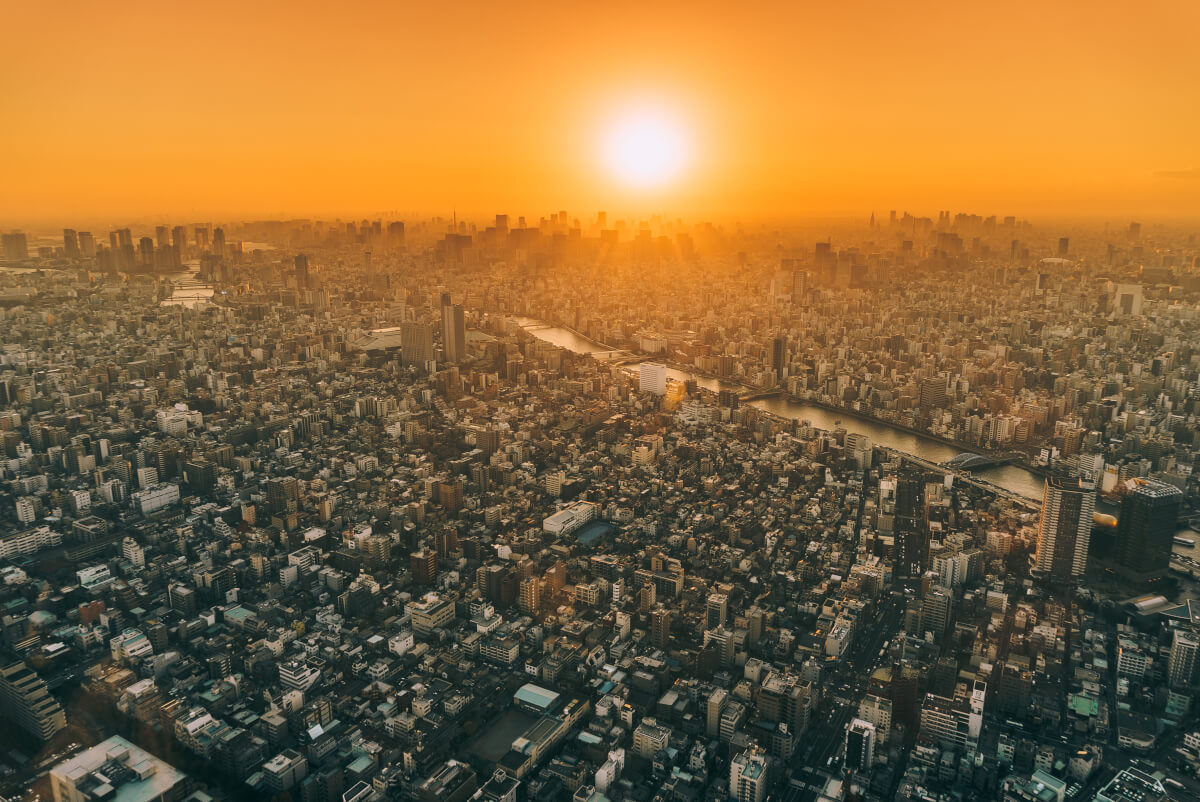One of the most iconic fish in Japan is Koi (鯉, carp), also known as Nishikigoi. Koi carps are a very familiar fish among Japanese people, and they can be seen not only in aquariums but also all over Japan. For example, they can be found in shrines and Japanese gardens, even in the ponds of private homes! It is no exaggeration to say that koi has a central part in Japanese culture. But what kind of fish is the koi, and how did it come to be so popular in Japan? In this article, we will look at the secrets of the koi fish from various perspectives.
What is Koi Fish?
Koi is a freshwater fish that widely lives in rivers, ponds, and marshes throughout Japan. It is an omnivorous fish and eats anything found in the water. They eat animal food such as shellfish like pond snails, crustaceans like crayfish, and insect larvae like dragonflies, as well as plant food such as algae. Sometimes, insects and fruits such as persimmons fall to the surface of the water, and they will devour them too. Koi really do eat anything that can be found in the water!
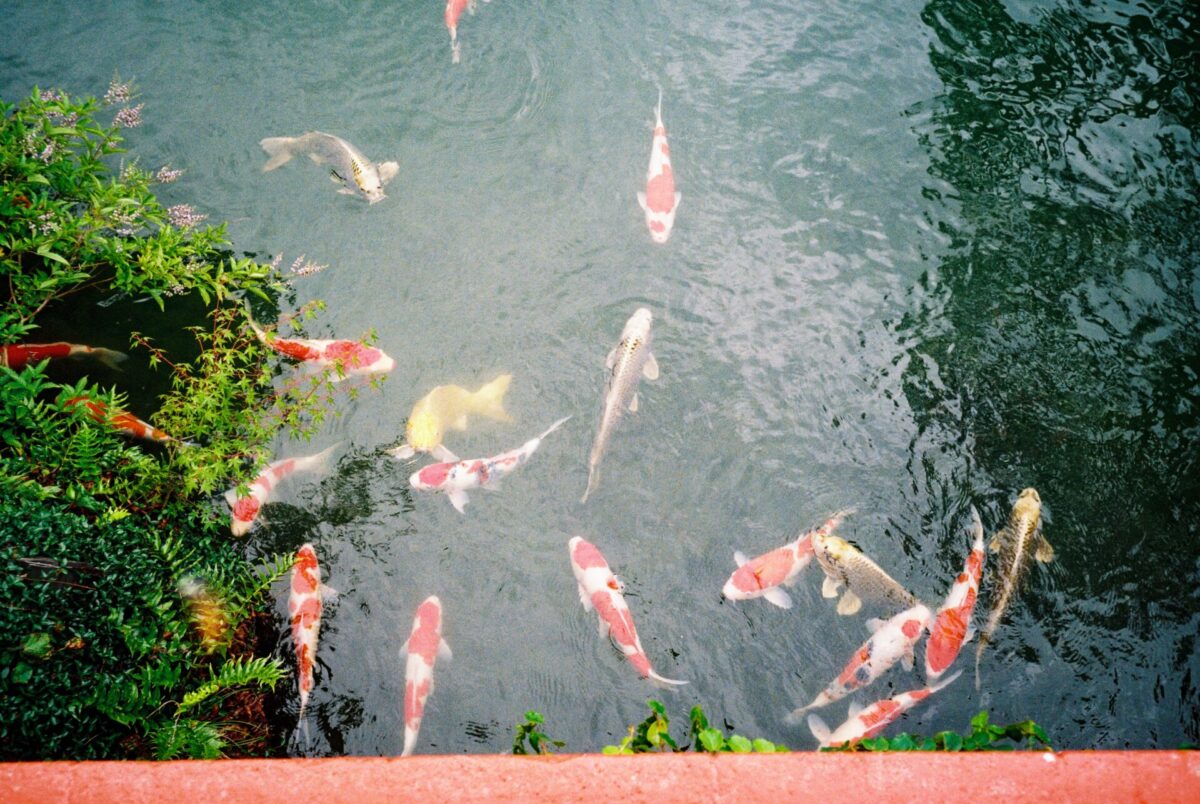
What does Koi represent in Japan?
Koi have been loved in Japan and they have been characterized by strength and success for a very long time. Koi fish stands for basically anything that is good; luck, prosperity, vitality, and longevity and is very closely associated with the Japanese cultural identity. However, koi first appeared in China about 2,500 years ago and came to Japan only many centuries later. Koi fish was first introduced in the early 19th century as a source of food. It was only after some period of time that people started to cultivate the fish and also started breeding koi. First let’s take a closer look at some of the elements that make koi so auspicious.
Strong Vitality
Koi is one of the strongest living creatures in the water, and can swim vigorously even in a cold pond. They are also large and sturdy, which may be why they look so tough compared to other fish. Because of their size and ability to live a long life, they have become a symbol of good luck and health.
Longevity
The average lifespan of koi fish is over 20 years and it depends on the individual fish and species, but some koi can live for more than 70 years. That’s a very long life and thus the Koi fish is seen as a symbol of health and longevity. It is said that the average lifespan of koi in the wild is different from that of koi in captivity.
The legend of the carp climbing up the waterfall
There’s a Chinese legend about the koi that says that they are so strong they can swim up upstream and even up to the top of a waterfall. After overcoming the challenges and facing many difficulties, koi fish that reach the top of the waterfall will turn into a powerful dragon.
One of the most iconic fish in Japan is the Koi (鯉, carp), also known as Nishikigoi. The Koi is a freshwater fish that widely lives in rivers, ponds, and marshes throughout Japan. It is an omnivorous fish and eats anything found in the water. They eat animal food such as shellfish like pond snails, crustaceans like crayfish, and insect larvae like dragonflies, as well as plant food such as algae. Sometimes, insects and fruits such as persimmons fall to the surface of the water, and they will devour them too. Koi really do eat anything that can be found in the water!
Koi carps are a very familiar fish among Japanese people, and they can be seen not only in aquariums but also all over Japan. For example, they can be found in shrines, Japanese gardens… even in the ponds of private homes! It is no exaggeration to say that the Koi has a central part in the Japanese culture. But what kind of fish is the koi, and how did it come to be so popular in Japan?
In this article, we will look at the secrets of the koi from various perspectives.
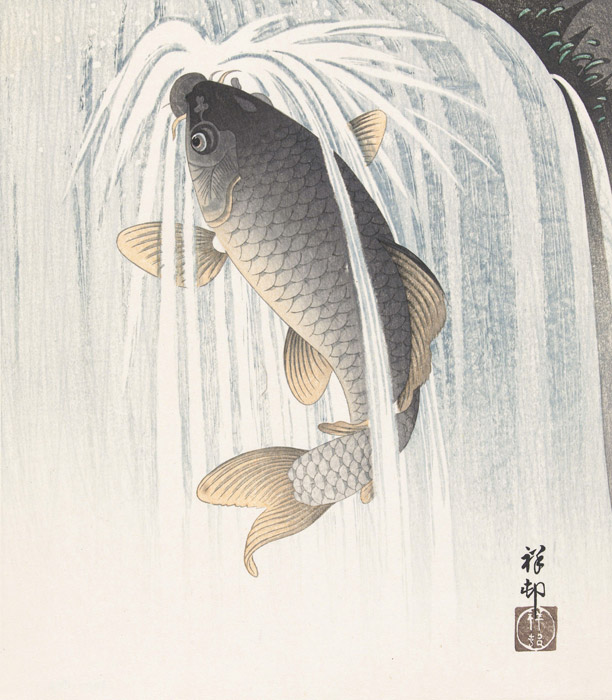
In Japan, this legend exists under the term “Tōryu-mon”, which means “the gate to success”. The story suggests you can’t become a master of your field without going through difficulties, but if you challenge yourself to the impossible, it’ll lead you to success,
The color of Koi
The color of koi varies depending on their variety. Many carps often seen in rivers and streams are usually light brown, but Nishikigoi come in a wide variety of colors. There are Nishikigoi with red and white patterns, and red, white, and black patterns. There is also yellow Nishikigoi that glows like gold. Nishikigoi is called “Swimming Jewels”, because of their beauty and nobility, which have fascinated all who see them.
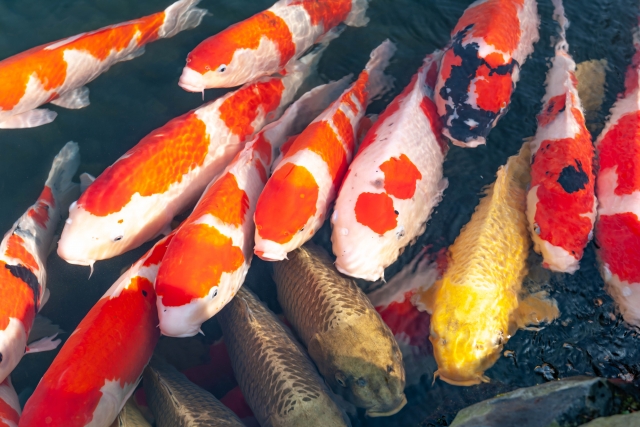
How much is a Koi fish?
When the koi became more and more popular around the world, the breeding intensified and led to hundreds of types of koi. Its prices range from very low to very high depending on the type and condition of the individual koi and to which of the thirteen general classes they belong to. The better condition of the fish and the more beautiful their coloring and lineage is, the higher the price is of course. The most expensive type of koi is called Kohaku and their price can go up to several millions of yen. In 2017, the most expensive koi ever was sold for a whopping ¥200 million (1.8 million US$)! But not all koi are that expensive, the most affordable Nishikigoi can be priced as low as ¥500.
Nowadays, breeding is being done to produce more beautiful looking koi, and research is being conducted every day. In fact, the breeding of koi is being taken very seriously in Japan. There are also competitions to assess the color, condition, and beauty of Nishikigoi.
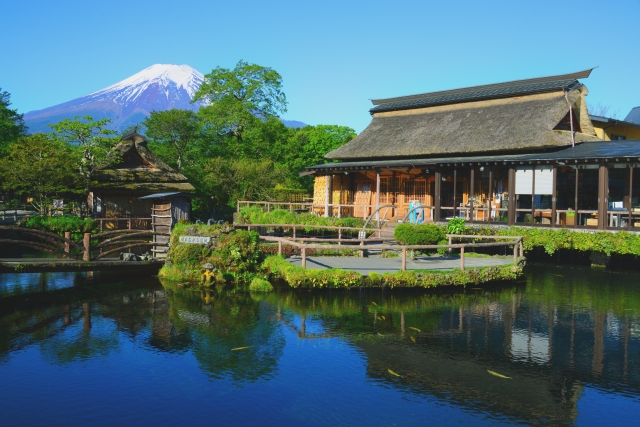
Koi fish and Japanese gardens
The koi have been kept in the ponds inside many Japanese gardens. Unfortunately, the exact reason for this is still unknown to this day. However, the noble beauty of koi blends well with the elegance of Japanese gardens, creating a graceful Japanese world view. In some Japanese gardens, you can experience feeding koi. Some of them sell koi food, so check out their stores located in the gardens or the official website in advance.
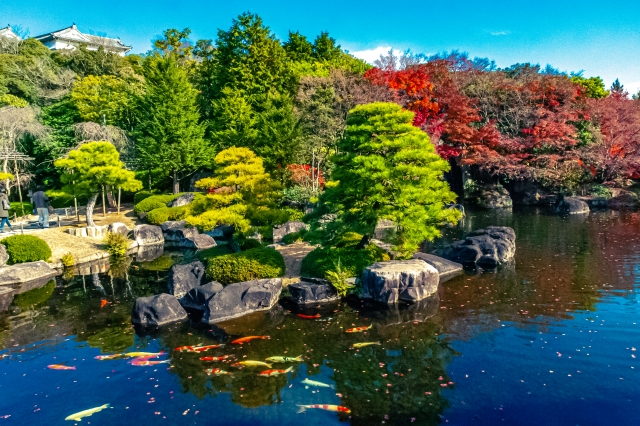
Koi fish and shrines
By now you know that Koi are closely related to Japanese culture and this means that they are also strongly connected to Japanese shrines. There is even a shrine that enshrines carp, the Kurihashi Yasaka Shrine in Kuki City, Saitama Prefecture. In front of the torii gate , there are usually stone statues of lion-like legendary creature called “komainu (狛犬)” as the messengers of the Gods. However, at the Kurihashi Yasaka Shrine, the god’s messenger in front of their shrine is a carp. This is a very rare type in Japan.
This shrine also distributes “Goshuin (御朱印)” with a design of a carp. Goshuin is a stamp to prove that you have visited the shrine, and some people collect those stamps as a collector. If you are interested in a Goshuin stamp of this shrine, ask the shrine staff to get it.
Koi fish and Children’s Day traditions
Of all the holidays in Japan, Children’s Day is the one that is strongly connected to koi. On this day, many families celebrate for the healthy growth of their children. It is also a day to thank the mother for giving birth to the child. In the beginning, it was a day to wish for the healthy growth of boys, but times have changed and now it is a day to wish for the growth of all children.
On Children’s Day, you can probably witness “koinobori“, carp-shaped windsocks. This custom is said to have started in the Edo period (1603-1868). At first, samurai warriors displayed their flags in front of their entrances, but later, townspeople started to do the same. The reason for displaying carp-shaped windsocks is said to be deeply related to the legend of the carp climbing up the waterfall, which is introduced above, and there is a wish for children to grow up strong and healthy like the carp.

Koi has been deeply related to Japanese customs and culture since ancient times. For a long time, koi has captivated many Japanese people. They have strong qualities that generally everyone wants to have and Japanese people believe that the koi are as brave as the samurai back in the day. We hope you enjoy watching these swimming gems while you’re traveling in Japan!
Follow us on Instagram, Facebook and Twitter for more travel inspiration. Or tag us to get featured!
Happy traveling!
Other articles you may also like

Mao Goto is a Japanese freelancer who was born in Hayama, Kanagawa prefecture, and raised in Tokyo. Since 2016 she lives in the Taito Ward, home to a lot of Japanese culture hotspots such as Asakusa, Akihabara, and Ueno. She has been interested in the field of English education of Japan and got her Master’s degree in March, 2020. A lover of photography, travel, sweets, and cross-stitch. Contact her via Facebook.
This post may contain some affiliate links. When you click through and make a purchase we may receive some commission, at no extra costs to you.
